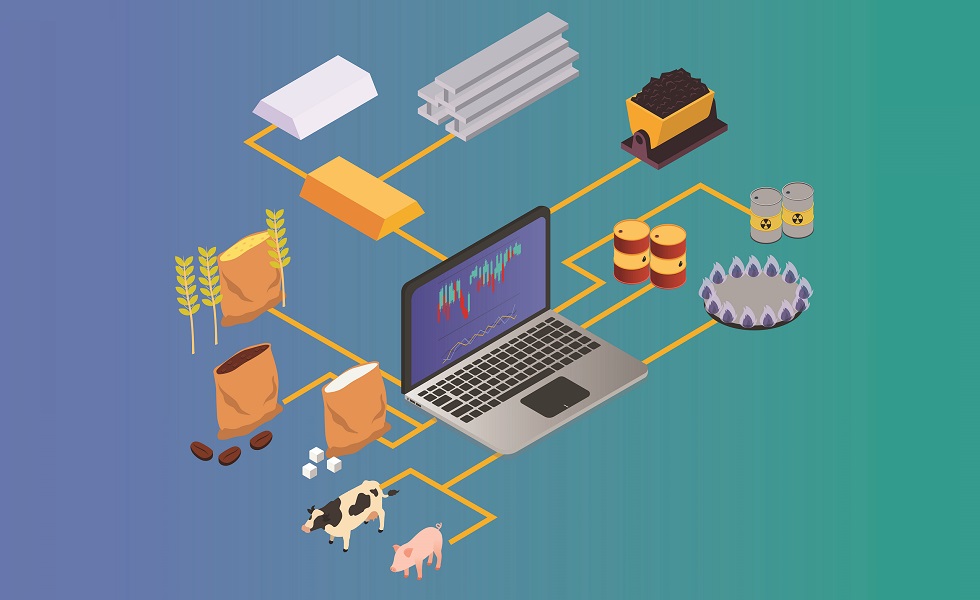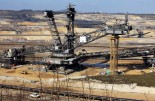DNB: Higher energy costs have limited impact on corporate profits

At a macro level, the sharp increase in energy prices has a limited impact on the profitability of Dutch companies. Even in an extreme scenario, the negative consequences remain manageable. Only a few sectors, such as metals and chemicals, are hit relatively hard. Accordingly, there is no immediate reason for the government to provide generic support to companies for the higher energy costs.
This is evident from an analysis which DNB published today, in which several scenarios have been elaborated to chart the impact of increased energy prices on corporate profits.
Scenarios are based on assumptions
The DNB analysis uses various assumptions. For example, it is assumed that companies are unable to pass on increased energy costs to customers or implement energy saving measures. These assumptions exacerbate the impact of energy price increases on corporate profitability.
In contrast, other aspects of the analysis reduce the impact on profitability. For example, indirect cost increases are not included in the analysis, while many semi-finished goods are also becoming more expensive due to higher energy costs, such as steel needed in mechanical engineering. Some sectors that are likely to be severely affected, such as greenhouse horticulture, are not included in the analysis due to a lack of data. Cost increases related to the use of means of transport are not included either, meaning the analysis is less relevant for the transport sector.
Soaring energy prices
Wholesale prices for gas and electricity have gone up by 300% and 200% respectively since July last year. These increases also push up energy prices for companies, known as transaction prices, although to a lesser extent. Transaction prices which companies pay for gas and electricity tend to rise more slowly than wholesale prices, given that part of their energy costs are fixed under longer-term contracts. Furthermore, energy suppliers do not always pass on price increases immediately.
Future developments in energy prices for companies are difficult to project, which is why the DNB Analysis maps out the impact of three different price scenarios. In the baseline scenario, the assumption is that the average transaction prices of gas (+61%) and electricity (+26%) go up in the first quarter of 2022 at the same rate as in the last six months of 2021. In the adverse and severe scenarios, energy prices rise even more steeply (see Figure 1). Prices are subsequently assumed to stabilise at this level for the remainder of 2022.
Macro level impact is limited...
At the macro level, the impact of the energy price increases seems limited. The percentage of loss-making companies in the baseline scenario increases from 22.3% to 25.5%. Even in the severe scenario, it edges up by a mere 5.6 percentage points. By comparison, in 2009, at the time of the credit crisis, the percentage of loss-making companies stood at 34.6%.
The number of employees working for a loss-making company increases from 829,000 to 994,000 in the baseline scenario. In the severe scenario, about a quarter of the employees (1.2 million) work for a loss-making company. The outstanding debt of loss-making companies increases from €349 billion to €408 billion in the baseline scenario. In the severe scenario, €443 billion (40%) of total debt is owed by loss-making companies.
It should not be concluded that 1.2 million jobs are at risk or that 40% of outstanding debt may not be repaid. After all, transitory corporate losses do not always translate into bankruptcies, lay-offs or defaults.
...but some sectors are hit hard
Although on a macro level the impact seems to be manageable, some sectors are hit hard, notably those with many energy-intensive companies. For example, the share of loss-making companies in the metal sector increases from less than 20% to over 60% in the severe scenario. The chemical sector is also hit relatively hard.
No need for generic aid
These findings do not provide an immediate reason for the government to provide generic support to Dutch companies. This is because the impact of energy cost increases on corporate profitability seems manageable at the macro level, even in an extreme scenario.
In addition, increased public spending is uncalled for in the current macro-economic situation, which is characterised by inflation, a tight labour market and a low bankruptcy rate. Moreover, corporate profits were high in 2021 and the first quarter of 2022, which should provide some headroom to absorb setbacks.
Market-based liquidity support
Although our analysis focuses on the short-term impact, the findings imply that some companies will no longer be profitable if energy prices remain elevated. Some loss-making companies will experience liquidity problems due to high energy prices, even though they are fundamentally sound. But providing government support to non-viable companies is not advisable from an economic point of view. These companies, including those in the sectors that are hit the hardest, may initially seek additional financing from private parties.
Should the government wish to compensate companies for increased energy costs, it would be well-advised to provide targeted liquidity support in order not to distort market dynamics unnecessarily. Likewise, it is important to provide any support in such a way that private financiers retain as much of their incentive as possible to assess credit risks adequately. This can be done, for example, by providing partial government guarantees on loans, for which the instruments are already available.
Collective loss of wealth
With the Netherlands importing much of its energy, higher energy prices are causing a collective loss of wealth. While government support cannot prevent this, it may help to redistribute the burden. In the absence of simultaneous savings of the same magnitude, government support will pass on the burden to future generations. To some extent, the same applies to liquidity support, as not all recipients will be able to repay their loans in full.
In other cases, passing on costs to future generations can be part of a well-balanced policy, for example if future generations are certain to enjoy benefits, such as a cleaner environment. In this case, however, only a cost item would be passed on to future generations, which does not represent a well-balanced approach.









